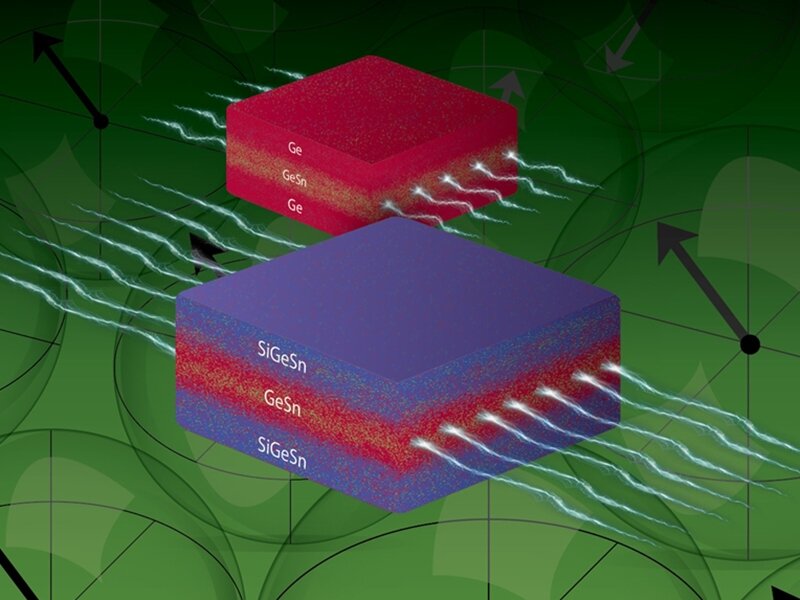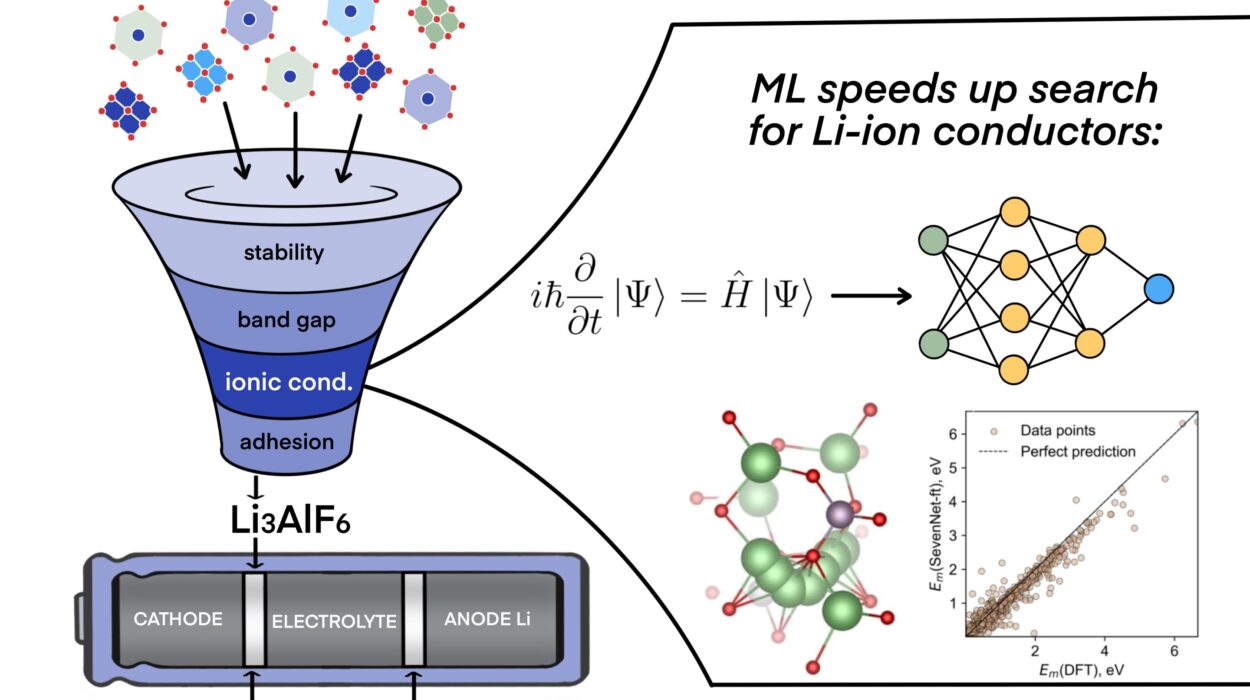In the world of quantum mechanics and semiconductor materials, surprises are rare but often transformative. Researchers at the University of Arkansas, Sandia National Laboratories, and Dartmouth College recently stumbled upon a finding that defied expectations and could have a profound impact on the future of computing, from neuromorphic systems mimicking the human brain to the nascent field of quantum computing. Their discovery, hidden within a seemingly simple structure called a “quantum well,” could open new avenues for enhancing the speed and efficiency of future microelectronics.
The team set out to study the electrical properties of a germanium-tin quantum well, a thin layer of material sandwiched between barriers made of silicon-germanium-tin (SiGeSn). These quantum wells are typically used in the development of lasers, photodetectors, and other optical technologies. But this research had a different focus: what happens to the mobility of electrical charges, like electrons, when they move through this nanometer-thick material?
What Went Wrong? Or So They Thought
At first, the researchers expected the combination of germanium, tin, and silicon in the quantum well to impede the movement of electrical charges. The team thought that the complex mixture of materials would cause the charges to slow down as they passed through the quantum well, a phenomenon known as reduced mobility.
“We thought it would be worse, because we mixed things together. But we found the mobility is higher,” said Shui-Qing “Fisher” Yu, professor of electrical engineering at the University of Arkansas and lead investigator on the study. This unexpected outcome not only left the researchers intrigued but also led to new questions about the nature of the materials they were working with.
The Quantum Well and the Role of Short-Range Ordering
To understand why the team was so surprised by their findings, let’s first break down the structure of the quantum well. Imagine a marble rolling in a groove between two raised edges—this groove limits the marble’s movement to just two directions: forward and backward. In much the same way, a quantum well confines the movement of electrons and holes (the positive space that electrons leave behind when they move). These confined particles can only occupy specific energy levels, making their behavior more predictable and efficient.
In most cases, when electrons pass through a quantum well, the barriers made of different semiconductor materials slow them down. However, the researchers’ experiments showed that the mobility of the charges in the germanium-tin quantum well was higher than expected.
A key to this phenomenon might lie in the atomic structure of the materials involved. Earlier this year, research from the Lawrence Berkeley National Laboratory and George Washington University found that the trace elements in semiconductor materials, like silicon and tin, tend to organize themselves in a pattern known as “short-range order.” This was a critical piece of the puzzle for the U of A team.
Jifeng Liu, a co-author of the study from Dartmouth, suggested that this short-range ordering in the silicon-germanium-tin barriers could explain the higher mobility they observed. “It is exciting to reveal the potential impact of atomic short-range ordering on the electrical performance of quantum wells,” Liu said. “It offers a new degree of freedom for device engineering.”
A Collaborative Breakthrough
The research wasn’t just a discovery for the scientists at the University of Arkansas. It was the result of a truly interdisciplinary collaboration between three major institutions, each bringing a unique set of skills and expertise to the project. “It’s a very interdisciplinary team,” Yu said. “You get this synergy from three groups working closely on a single problem.”
The U of A team produced the high-quality quantum well material that Sandia used to build the experimental devices. Sandia then analyzed the electrical performance, while Dartmouth focused on the atomic-level behavior of the silicon-germanium-tin barriers, examining how the atoms were arranged on a microscopic scale.
This teamwork was key to piecing together the mystery of the surprising result. The collaboration allowed the team to focus on both the material properties of the quantum well itself, as well as the atomic structure of the surrounding barriers. As Yu noted, “Even on that tiny scale on the order of a nanometer, you still have hundreds of thousands or millions of atoms. That means you have a larger room to play to enhance the property.”
A New Control Knob for Quantum Materials?
The discovery of higher-than-expected mobility in germanium-tin quantum wells could have a lasting impact on both microelectronics and quantum computing. Chris Allemang, a researcher at Sandia and the first author of the paper, remarked on the broader implications of the findings: “This short-range order may provide an additional control knob, beyond alloying and strain, for engineering material properties that will impact national priorities in microelectronics and quantum information science.”
What makes this discovery especially intriguing is the potential to manipulate atomic structures at the nanoscale. Short-range ordering—an arrangement of atoms that is more organized than random scattering—could offer a new tool for optimizing materials for performance. If future research confirms the hypothesis, this could lead to a leap forward in the miniaturization and efficiency of microelectronic devices.
For instance, neuromorphic computing, which seeks to mimic the way the human brain works, could benefit greatly from materials that allow for faster and more efficient charge movement. The same could be true for quantum computing, a field that depends on the precise control of particles like electrons and photons.
Why This Research Matters
So, why does this research matter? The answer lies in the ever-growing need for faster, smaller, and more powerful electronic devices. From computers to smartphones to the technologies behind artificial intelligence, all of these innovations rely on semiconductor materials that are continually being optimized.
The surprising discovery of higher mobility in germanium-tin quantum wells could pave the way for new advances in microelectronics that could have far-reaching effects on everything from everyday computing to cutting-edge quantum technologies. As our demand for faster, more powerful devices continues to grow, breakthroughs like this one may be the key to unlocking the next generation of technological innovations.
Moreover, the ability to manipulate atomic structures in a controlled way offers an exciting new frontier for material scientists. By understanding and controlling the short-range ordering of atoms, scientists could develop semiconductors that are not only more efficient but also better suited for emerging fields like neuromorphic and quantum computing. As the researchers themselves said, “It offers a new degree of freedom for device engineering”—a freedom that could help shape the future of technology.
More information: Christopher R. Allemang et al, High Mobility and Electrostatics in GeSn Quantum Wells With SiGeSn Barriers, Advanced Electronic Materials (2025). DOI: 10.1002/aelm.202500460. advanced.onlinelibrary.wiley.c … .1002/aelm.202500460






